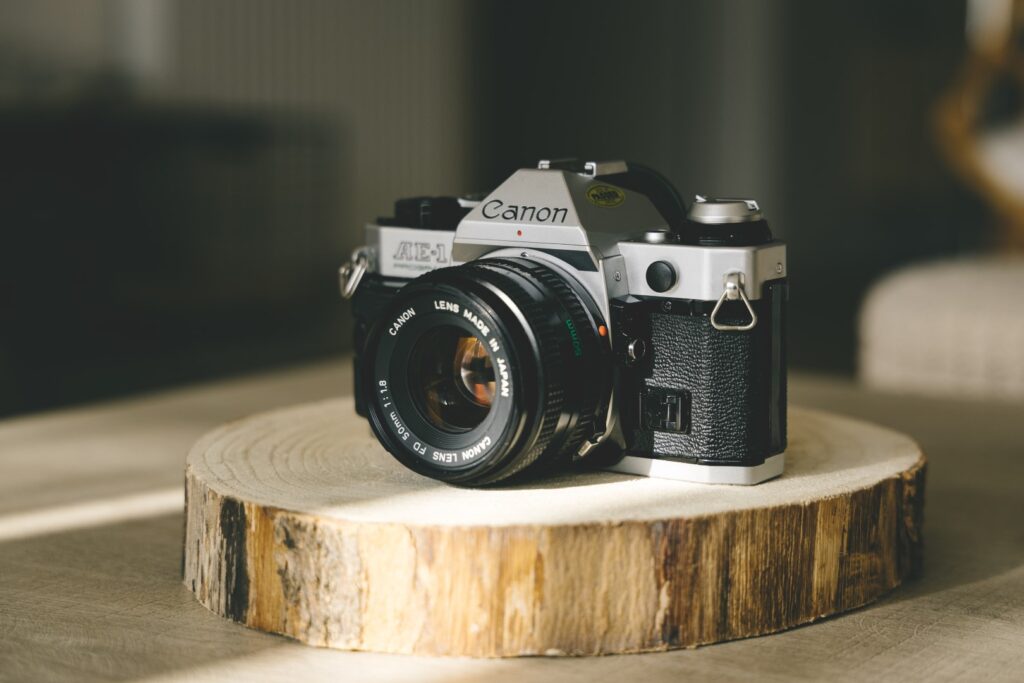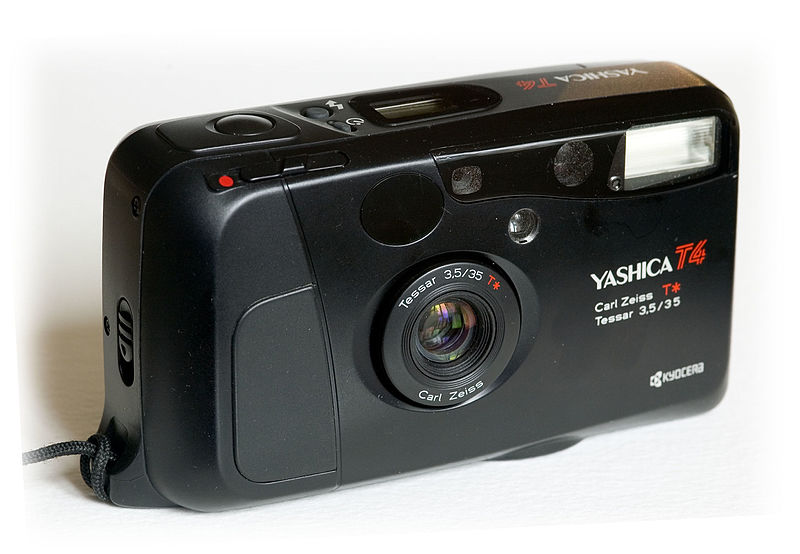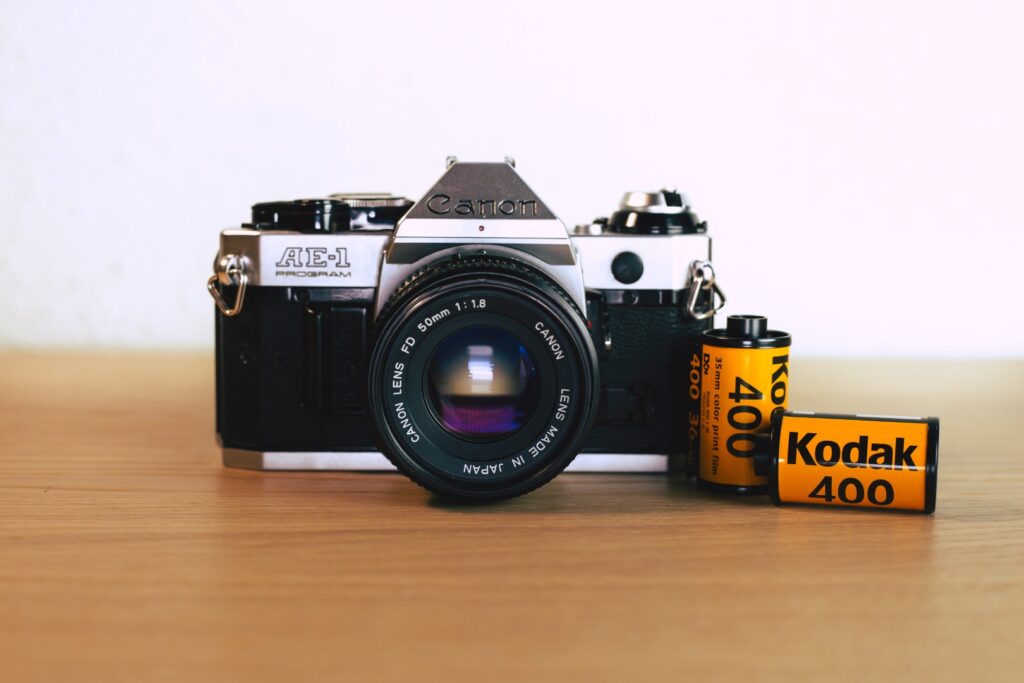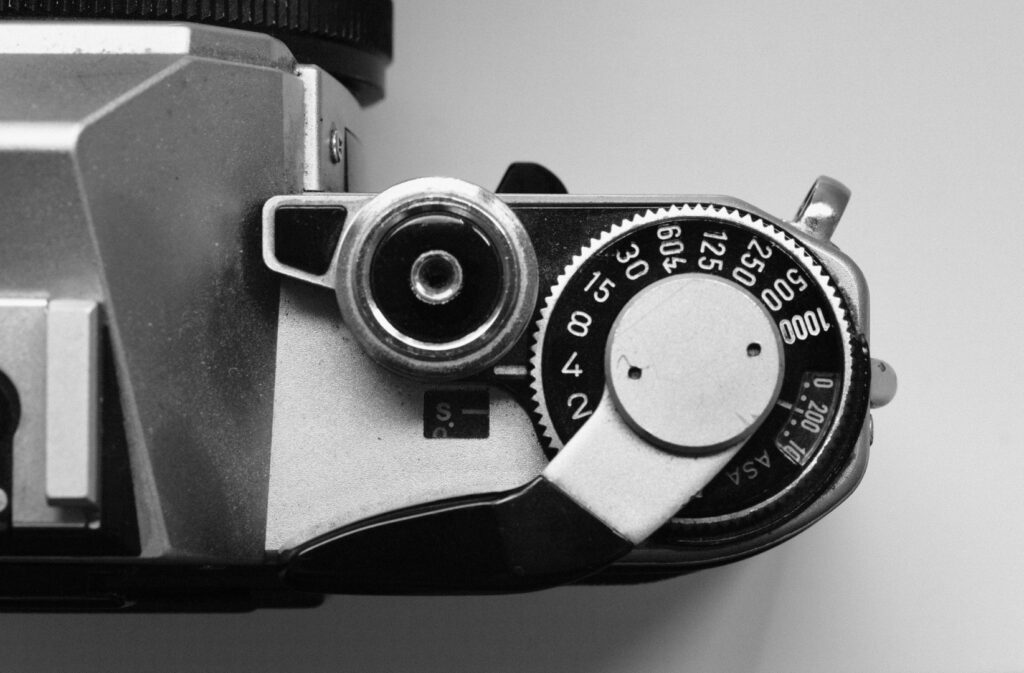Knowing the energy requirements for your camera is essential for uninterrupted photography, particularly with older models like the Canon AE-1 Program. If you’re seeking information on the appropriate battery type for this vintage camera, this guide provides a detailed overview of the Canon AE-1 Program’s battery needs. Additionally, it’s worth noting that the Canon AE-1 also utilizes the same battery type, making this guide applicable to both models.
Identifying the right battery for older film cameras like the Canon AE-1 Program can be challenging, and there are important factors to consider before making a purchase. For the Canon AE-1 Program, the recommended and most suitable batteries are the 4SR44/PX28A silver-oxide battery (4LR44 is also possible) or a PX28L battery.
While I personally prefer purchasing from Amazon due to the prime delivery times and competitive prices, these types of batteries are commonly available in a variety of places. They can be found in specialized stores such as B&H Photo or even local retailers like Walmart.
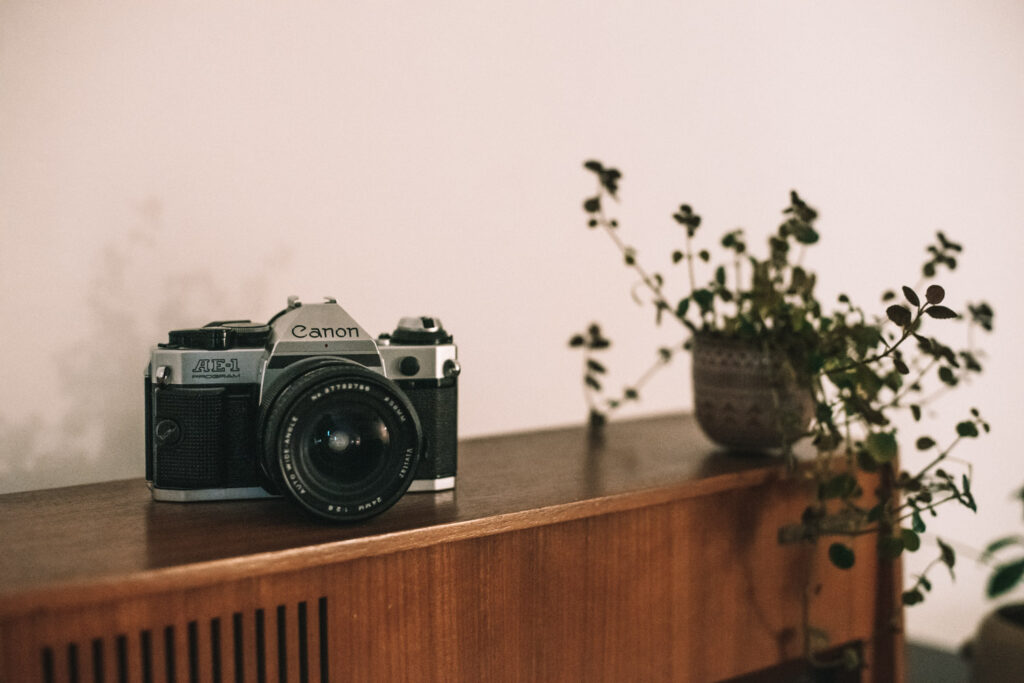
Does the Canon AE-1 Program require batteries?
Unquestionably, yes. The Canon AE-1 Program is an automatic film camera that demands a battery to operate its principal features such as the light meter and the shutter. Unlike certain other film cameras, where only the light meter requires battery power and the rest of the functions can be manually operated, the AE-1 Program operates differently.
So, let’s put it simply – your Canon AE-1 Program won’t be much of a camera without its power source. That’s why understanding the right kind of battery it needs and how to maintain it is vital for every AE-1 Program user.

What batteries should you use for your Canon AE-1 Program?
To ensure optimal functionality for your Canon AE-1 Program, you must choose the right battery. Based on the official specifications and user experiences, the camera can effectively operate with three types of batteries: 4LR44 Alkaline, 4SR44 Silver Oxide, and PX 28L Lithium. But how do you choose among these options?
1. 4LR44 Alkaline: These batteries are generally available and are an affordable choice. However, they come with a disadvantage in their voltage curve. Alkaline batteries exhibit a gradual decline in voltage over their lifetime, which could affect the accuracy of your camera’s light metering, leading to potential underexposure or overexposure.
2. 4SR44 Silver Oxide: Silver oxide batteries, although slightly more expensive, offer a significant advantage over alkaline counterparts when it comes to film cameras. They possess a flat discharge curve and provide consistent voltage throughout their life span. This consistency ensures the light meter gives accurate readings, allowing you to capture perfectly exposed shots consistently. They also offer higher voltage and capacity, which contributes to their longevity.
3. PX 28L Lithium: Lithium batteries are another viable option for the Canon AE-1 Program. They provide constant voltage, similar to silver oxide batteries, which makes them a better choice than alkaline batteries. However, they may pose certain risks such as flammability and thermal runaway under extreme conditions.
Considering these factors, my recommendation is definitely the 4SR44 Silver Oxide battery. Its stable voltage, longevity, and reliability make it the best fit for the Canon AE-1 Program. However, if you’re in a pinch or operating in colder climates, the PX 28L Lithium can serve as a worthy alternative.
Where can you get a Battery for the Canon AE-1 program?
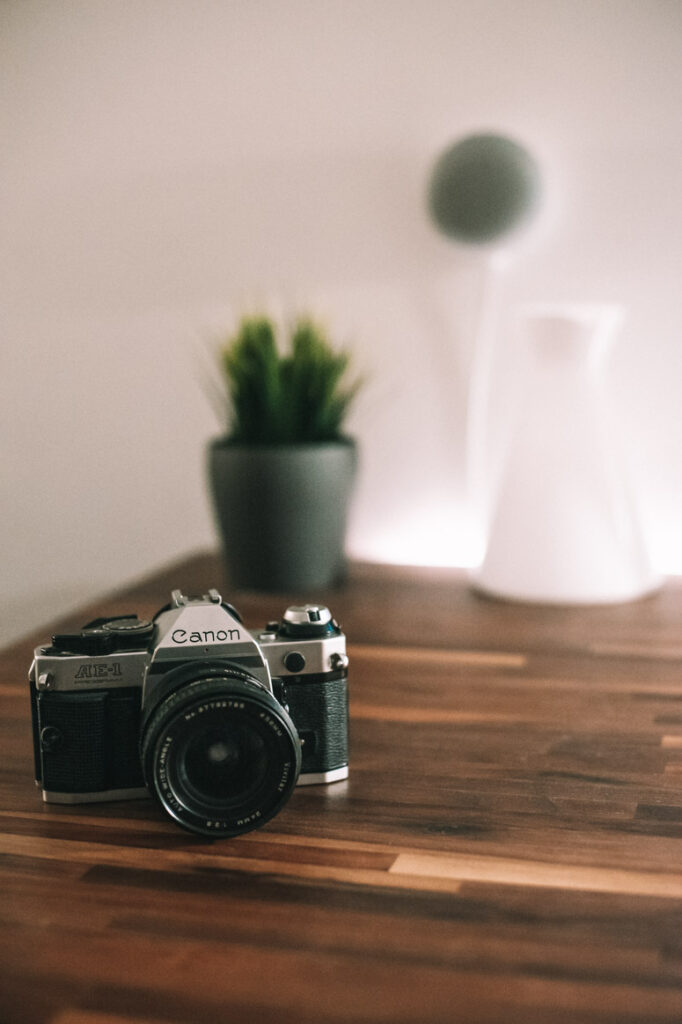
The battery types required for the Canon AE-1 Program are quite standard, making them widely available. You can find these at various places ranging from online marketplaces to local retail stores.
Here are some options:
Online Stores: Amazon, eBay, and other online retailers are convenient options. They provide a range of brands, and you can often find competitive prices, especially if you’re buying in bulk.
Specialized Stores: You can also visit specialized photography stores like B&H Photo. They usually carry all types of camera batteries and are a reliable source if you’re looking for top-tier brands.
Local Retailers: Big box stores such as Walmart or even local convenience stores often stock common battery types like the 4LR44 or PX 28L.
Given the essential role batteries play in operating your Canon AE-1 Program, it’s always a good idea to keep some spares on hand. Despite their wide availability, you don’t want to find yourself in a situation where your photography is halted due to a drained battery.
As each battery manufacturer tends to label their products differently, here’s a quick reference table for the battery types suitable for the Canon AE-1 Program:
| Battery Type | Most Common (Recommended) | Other Common Names |
|---|---|---|
| Alkaline | 4LR44 | A544, K28A, V34PX |
| Silver Oxide | 4SR44 | 4034PX, EPX544, KS28, S1325S |
| Lithium | PX28L | 2CR1/3N, 2CR11108, L544 |
No matter where you choose to buy your batteries, remember to check their manufacturing date and avoid batteries that are too old or show signs of leakage or damage.
How long does the Canon AE-1 Program Battery last?
The lifespan of a battery in the Canon AE-1 Program can vary depending on several factors, including the type of battery used, the frequency of camera usage, and the environmental conditions. However, we can draw some general estimates based on the camera manual and the experiences of numerous Canon AE-1 Program users.
According to the official Canon AE-1 Program manual, a fresh battery should last at least a year under normal usage conditions. However, “normal usage” can be somewhat subjective. For a professional photographer, this might mean daily use, while for a hobbyist, it might mean only occasional weekend usage.
Interestingly, real-world feedback from many Canon AE-1 Program users indicates that batteries often last considerably longer than one year. A large number of photographers have reported battery life ranging from 1 to 3 years or even longer, depending on the conditions mentioned earlier. It’s important to note that the Canon AE-1 Program, much like other film cameras of its time, is not power-hungry. The camera draws power only when metering and firing the shutter. Therefore, with good battery care and judicious use, the Canon AE-1 Program’s battery can serve you for years. However, given the affordable price of these batteries and the potential inconvenience of a dead battery, it’s always a good practice to carry a spare set when heading out for a shoot. This simple precaution can save you from any unexpected power issues and ensure a smooth shooting experience.
How do I change the batteries in my Canon AE-1 Program?
Swapping out the batteries in your Canon AE-1 Program is a simple process that doesn’t require any special tools. You’ll need a coin or a similar object to help unscrew the action grip and the viewfinder cover from the accessory shoe. In case you lost your viewfinder cover you can use something like a toothpick or a small fork to open up the battery chamber lid.
Step 1 – Remove the viewfinder cover, we will use it later for opening the battery chamber
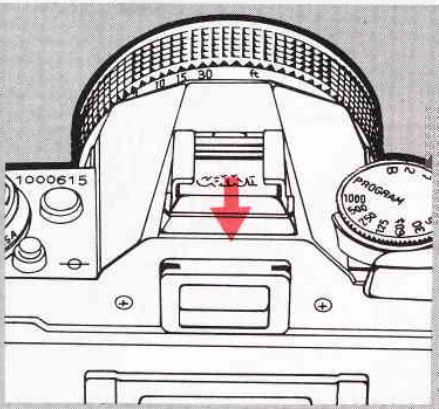
Step 2 – Remove the action grip that covers the battery chamber by unscrewing it with a coin or similar
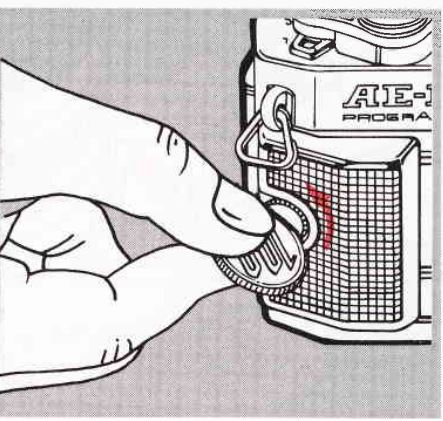
Step 3 – Open the battery chamber cover by using the viewfinder cover or something similar like a small fork. Be very careful here! It’s quite common to come across broken battery chambers when you’re browsing the market for a Canon AE-1 Program. It’s one of those frustrating issues that many sellers and buyers encounter.
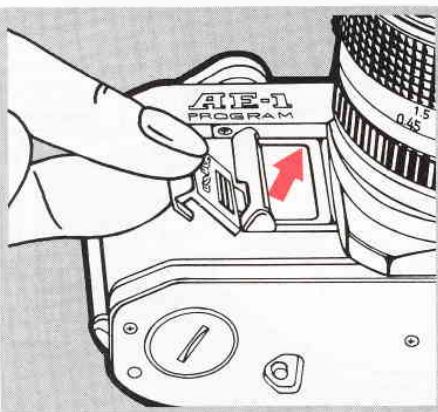
Step 4 – To load the new battery into your Canon AE-1 Program, follow the indications on the back of the chamber. Insert the negative end first, push down, and then insert the positive end. Close the chamber, screw the action grip back on, and perform a battery test. Read on to find out how to test your battery.
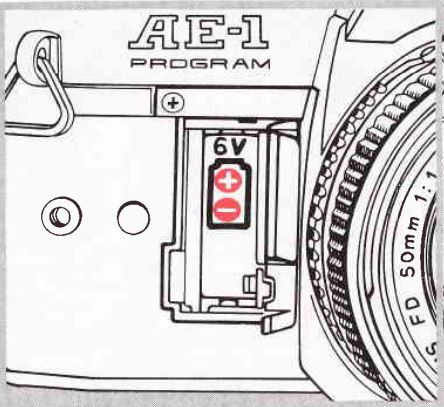

How do I check the battery on my Canon AE-1 Program?
The Canon AE-1 Program offers an easy method to check your battery status:
- Switch the main switch to “A” (Automatic).
- Keep the battery check button pressed, it is located on the top of your camera, left to the viewfinder.
- Listen for beeps:
- Fast beeps (about six or more per second) mean the battery is in good condition.
- Slow beeps (about three or fewer per second) indicate that the battery needs replacement.
- The slower the beeps, the worse is the condition of your battery
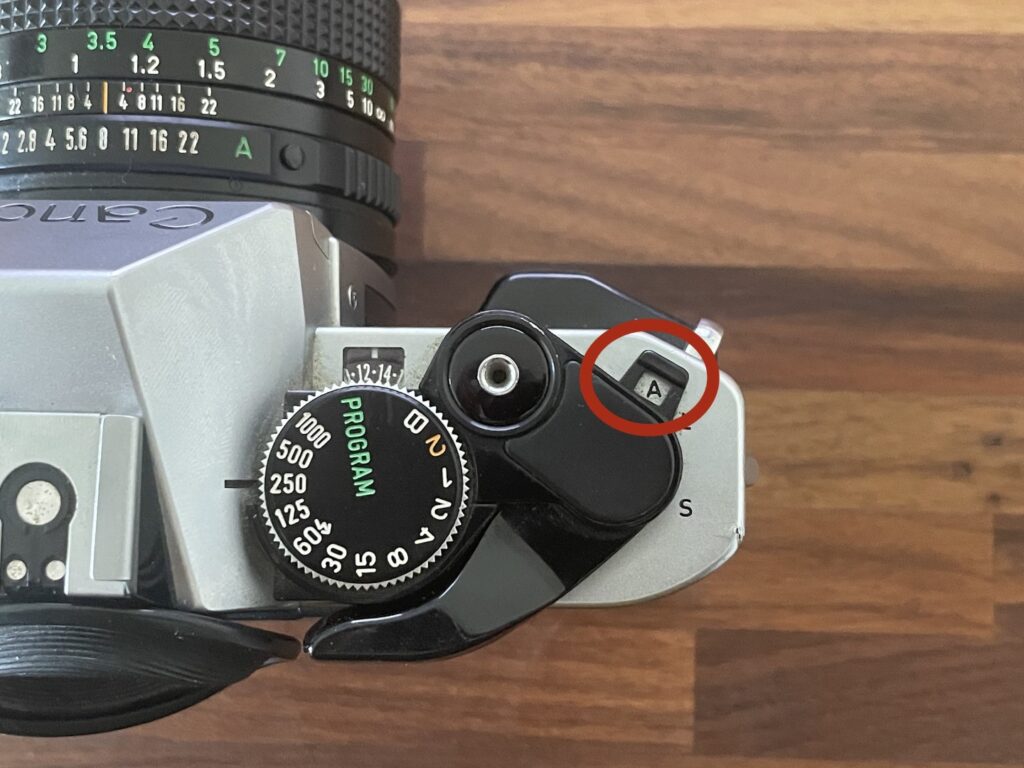
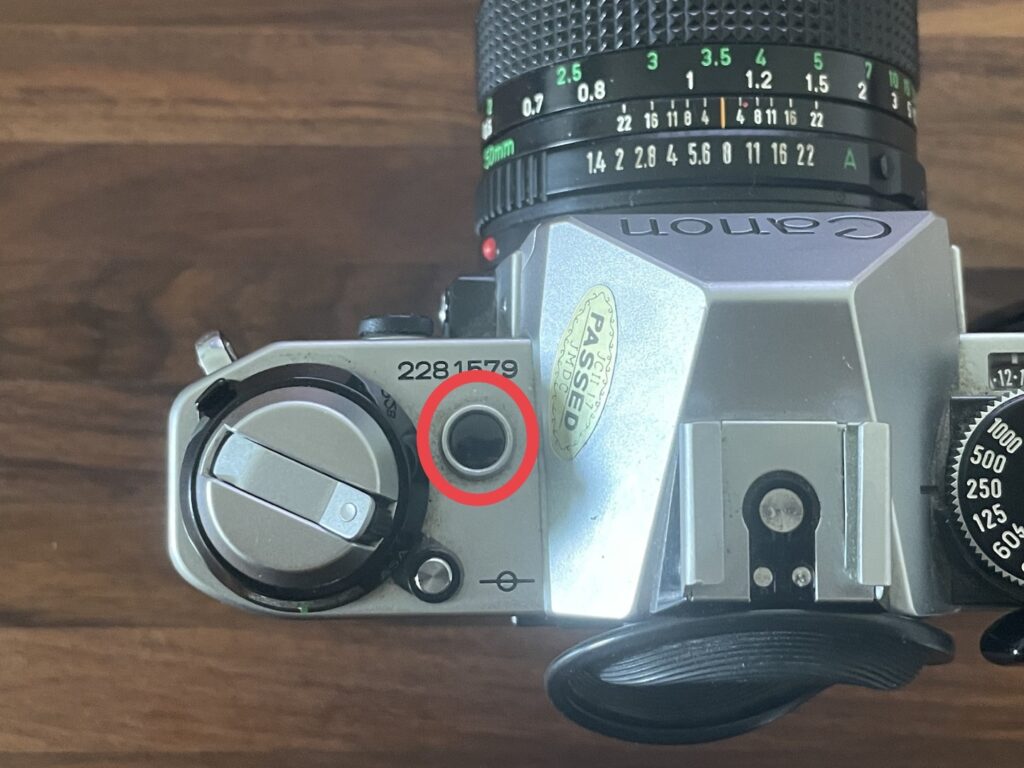
Troubleshooting Your Canon AE-1 Program Battery
Though the Canon AE-1 Program is known for its reliability, battery issues can occasionally arise. Here are a few things to keep in mind if you’re facing battery troubles:
Cold Weather Woes
Cold temperatures can affect the chemical reactions within batteries, potentially reducing their capacity and performance. If you’re shooting in cold weather, consider keeping your spare batteries in a warm place, such as an inside pocket
Battery Contact Problems or Corroded Battery Compartments
Clean and corrosion-free battery contacts are vital for optimal camera performance. Avoid touching the ‘+’ or ‘-‘ surfaces of the batteries to prevent potential contact issues. If you face battery contact problems, consider cleaning the battery compartment and the batteries with a clean cloth.
Corrosion in the battery compartment can lead to faster battery drainage and impaired performance. Leaking batteries often cause this corrosion. To counteract this, consider cleaning the contacts with vinegar or lemon juice. Always remove batteries from your camera when storing it for an extended period to prevent potential leakage and damage.

Closing Thoughts
Understanding the battery requirements and operations of the Canon AE-1 Program can greatly enhance your shooting experience. This classic film camera, with its reliance on the 4LR44 (Alkaline), 4SR44 (Silver Oxide), or PX28L (Lithium) batteries, offers consistent performance and longevity that has stood the test of time.
However, always remember to check your battery status regularly to avoid missing out on perfect shots. Keep a spare battery on hand for emergencies, particularly if you’re out on a long shoot. With the Canon AE-1 Program in your arsenal and the knowledge of its battery requirements, you’re well-equipped to capture stunning images that encapsulate the timeless charm of film photography. Happy shooting!

